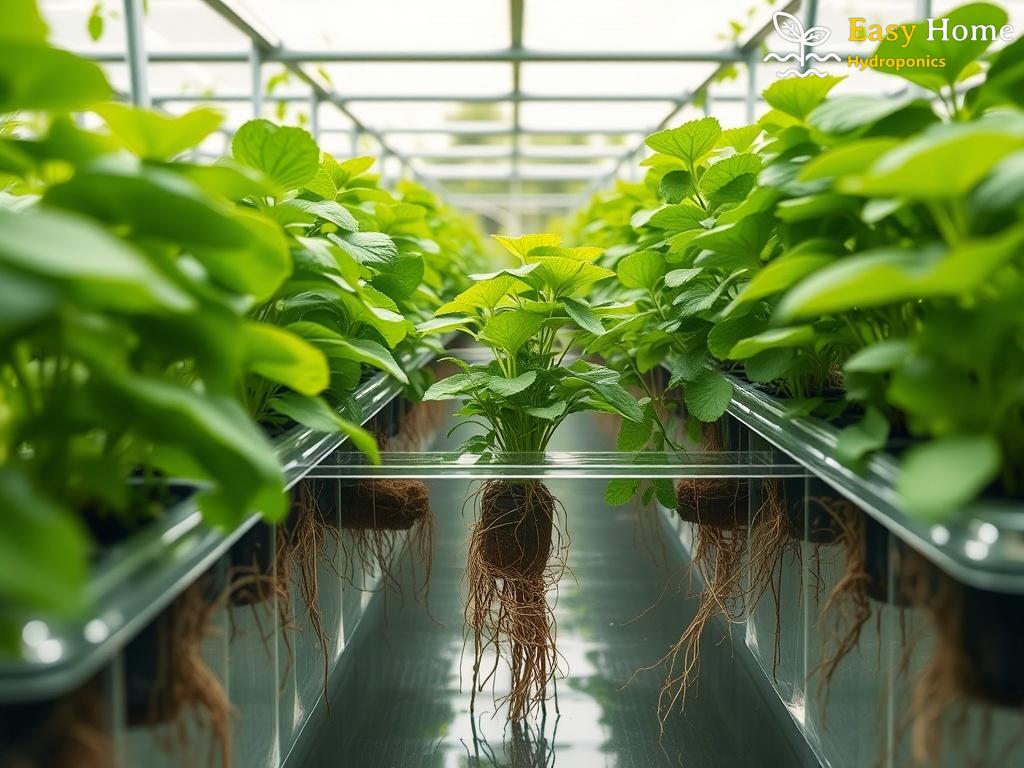Hydroponics is a revolutionary method of growing plants without soil, allowing for greater control over nutrient delivery and plant health. However, as with any innovative approach, it comes with its own set of challenges. One of the most critical issues faced by hydroponic growers is sodium buildup, which can adversely affect plant growth and yield. Understanding the sources and impacts of sodium accumulation is essential for maintaining a thriving hydroponic system.
Before tackling sodium buildup, it’s important to identify its origins. Sodium can infiltrate hydroponic systems from various sources, including water supply, nutrient solutions, and even environmental factors. Recognizing these sources is the first step toward effective management. Here’s a comprehensive list of potential sodium contributors:
- Water Supply: Municipal water often contains sodium, especially in areas with high salinity.
- Nutrient Solutions: Some fertilizers may have high sodium content, which can accumulate over time.
- Environmental Factors: Soil amendments or nearby salt-laden soils can leach sodium into the air and subsequently into the system.
By pinpointing these sources, growers can better strategize their approach to mitigating sodium levels.
With the understanding of sodium’s sources, the next step is implementing effective management strategies. These strategies can significantly reduce sodium levels and optimize plant health. Here are some innovative approaches:
- Water Quality Testing: Regularly test the water for sodium levels and consider using reverse osmosis systems to filter out excess salts.
- Nutrient Selection: Choose fertilizers with low sodium content and closely monitor their application rates.
- Crops Rotation: Implement crop rotation and select sodium-resistant plant varieties that can tolerate elevated sodium levels.
- Flushing Systems: Periodically flush your hydroponic system with fresh water to dilute and remove accumulated sodium.
By employing these strategies, hydroponic growers can create a healthier environment for their plants, ultimately resulting in higher yields and better quality produce.




